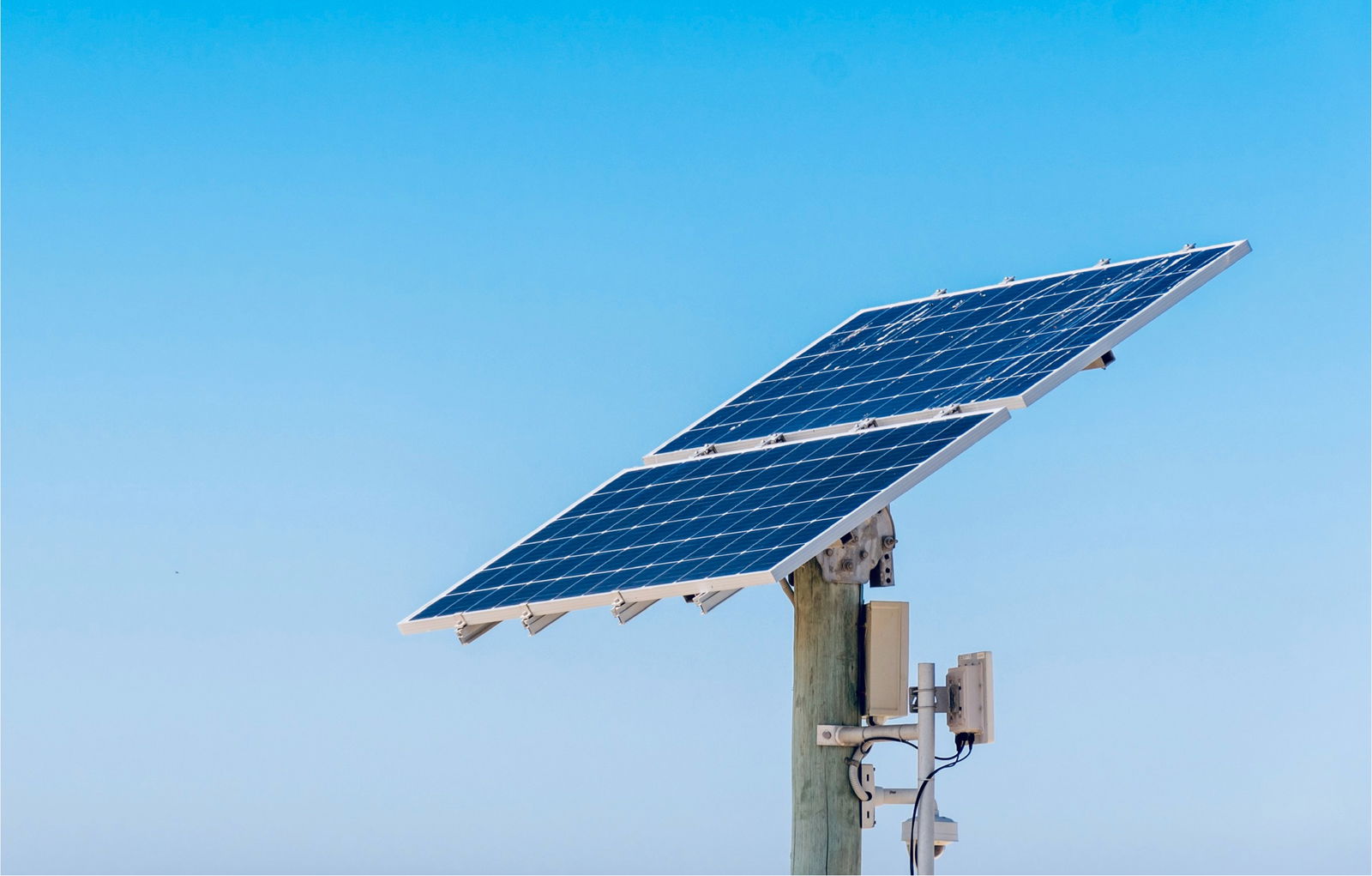Germany has taken a small step towards reducing greenhouse gas emissions by outfitting over half a million balconies with solar panels. This initiative, known as balkonkraftwerk, or “balcony solar,” has become increasingly popular due to its simplicity and effectiveness in allowing urban residents to generate their own electricity.
While it doesn’t take a big chunk out of Germany’s reliance on fossil fuels, it points to the shifting philosophy that many smaller changes can lead to a greener future, and it begs the question; can the United States follow suit?
With hundreds of thousands of Germans installing balcony solar panels, totaling a little over 550,000 actual panels, Germany’s success with balcony solar panels is largely attributed to supportive government policies and financial incentives.
With a total cost of about $550 USD (500 euros), the simple rig mounts easily and can generate about 800 watts of power (it can charge your laptop or power a small appliance). While it doesn’t seem like a lot, the cumulative effect of half a million units is taking some pressure off the power grid.
The German government has simplified regulations, making it easier for residents to install these systems without needing extensive permits. Additionally, financial incentives such as rebates and tax exemptions have made these systems more affordable for the average consumer. While these can range, the average government grant is between 400 and 500 euros, which can really offset the cost of the solar panels.
These small-scale solar installations are particularly appealing in Germany, where many citizens live in apartments and have limited access to traditional rooftop solar options. However, this isn’t totally solving Germany’s energy issue.
“Even if we attached panels to all suitable balconies across the country, we’d still only manage to meet 1 percent or less of our overall energy needs,” Peter Stratmann, the head of renewable energy at the German Federal Network Agency, told Deutsche Welle.
It’s not a lot, but many Germans have flocked to it, keenly aware that the energy and environmental crises will not be solved by a singular miracle solution, but by a multitude of smaller solutionsby a multitude of smaller solutions.
“It makes the energy transition feel a little more concrete and not so abstract,” explained a representative from Environmental Action Germany, Helena Holenweger who has installed her own system on her garage roof.
While large energy companies have little incentive to go green, the future of energy will rely on individuals pushing back, and upsetting the bottom line of these fossil fuel industries.
“You can literally do something about it,” Holenweger stated.
In contrast, the United States faces several challenges in adopting a similar approach. One major hurdle is the country’s fragmented regulatory environment. Unlike Germany, where national policies facilitate the installation of balcony solar systems, the U.S. has a patchwork of state and local regulations that can complicate the process. For instance, in some areas, installing a balcony solar system requires the same permits as larger rooftop installations, making it less accessible for apartment dwellers. However, some states do offer tax credits for solar panel installations.
Political dynamics in the U.S. are also, at times, a hurdle. Historically, conservative political groups and lobby organizations have been less supportive of renewable energy projects, often prioritizing fossil fuel industries and expressing skepticism about climate change initiatives. This political landscape could pose challenges for passing quick legislation. However, it’s worth noting that public opinion on renewable energy is shifting, with increasing bipartisan support for clean energy solutions as concerns about climate change grow.
Despite these challenges, there is significant potential for balcony solar systems in the U.S. The country’s vast urban areas and high apartment occupancy rates make it an ideal candidate. If regulatory barriers can be addressed and financial incentives introduced, balcony solar could become a viable option for many Americans looking to reduce their carbon footprint and electricity bills.
MJ Banias covers space, security, and technology with The Debrief. You can email him at mj@thedebrief.org or follow him on Twitter @mjbanias.

